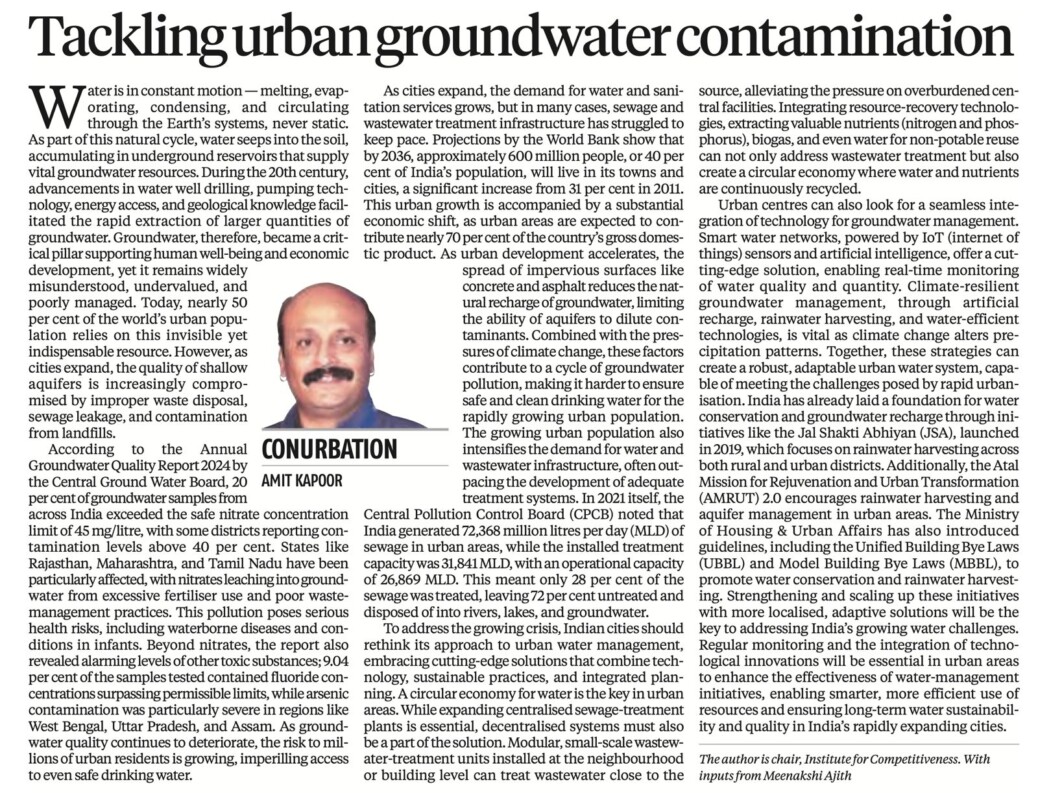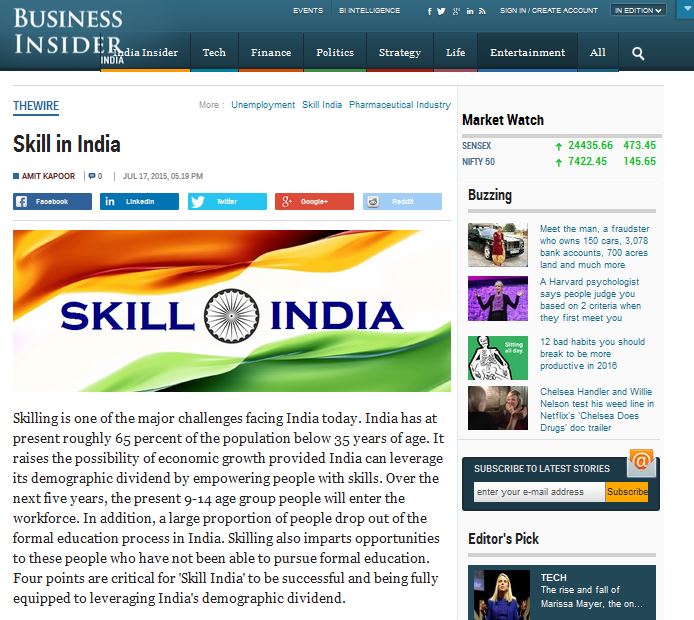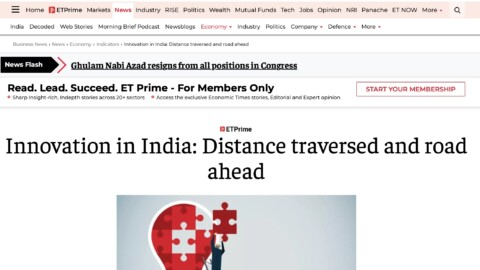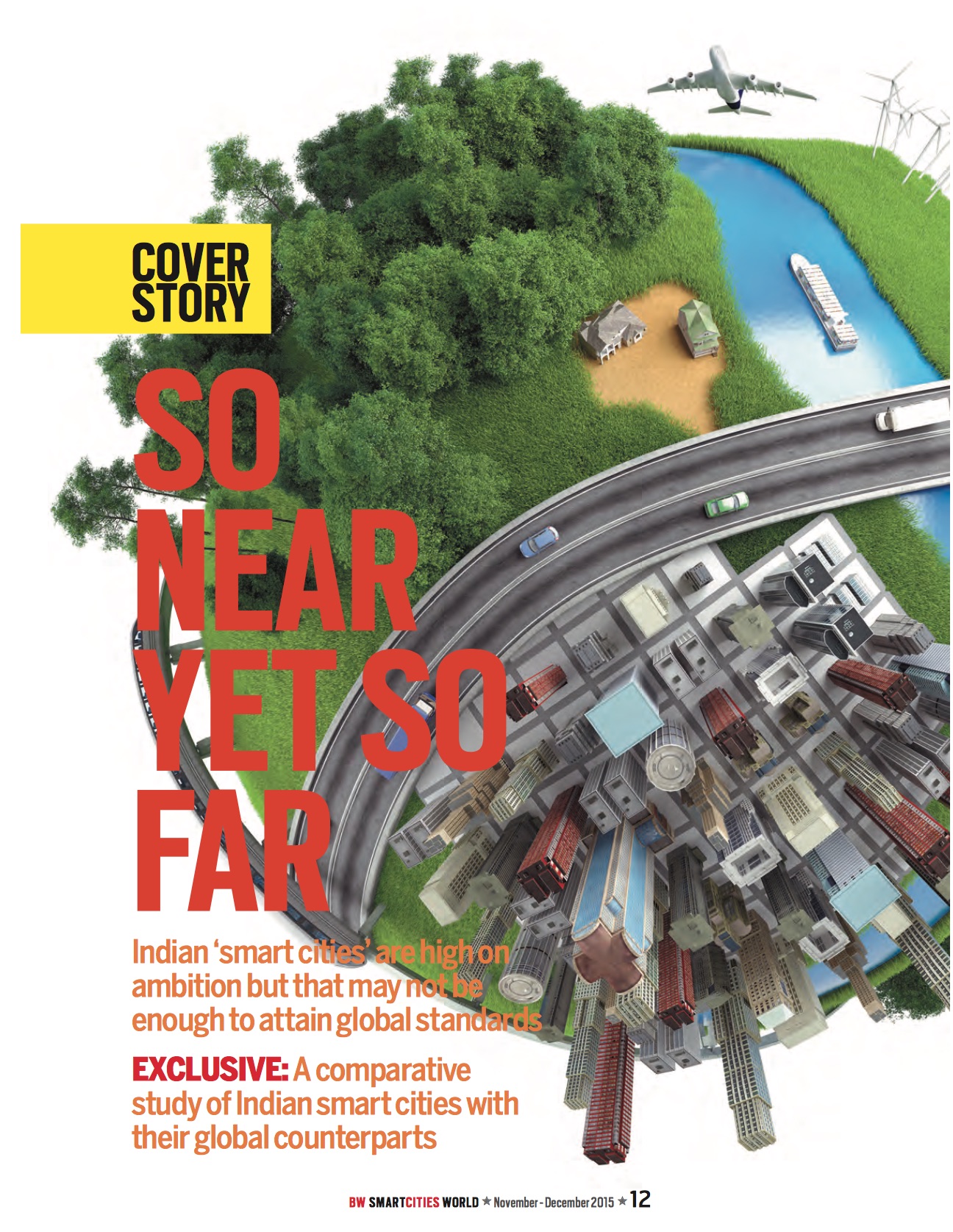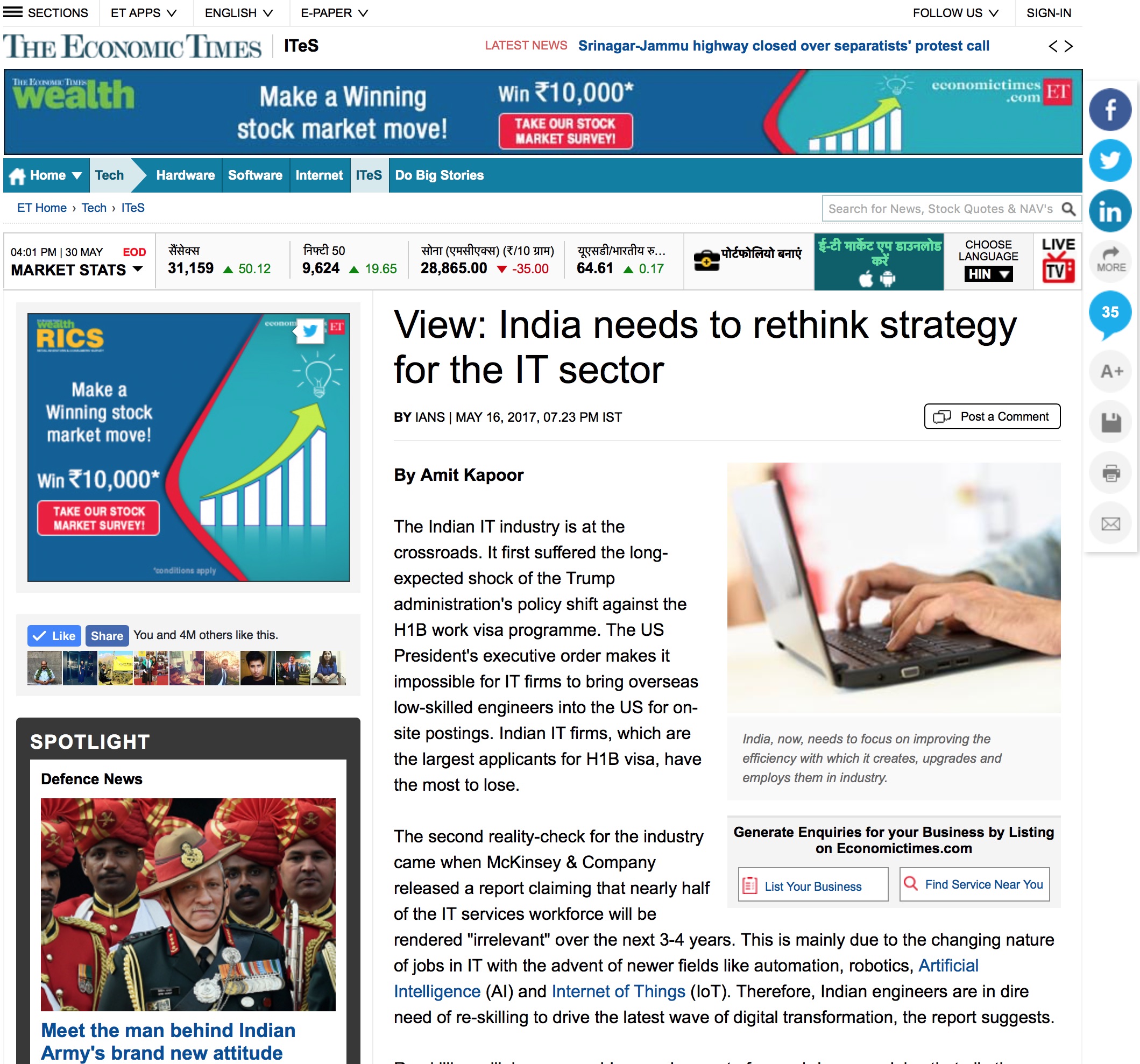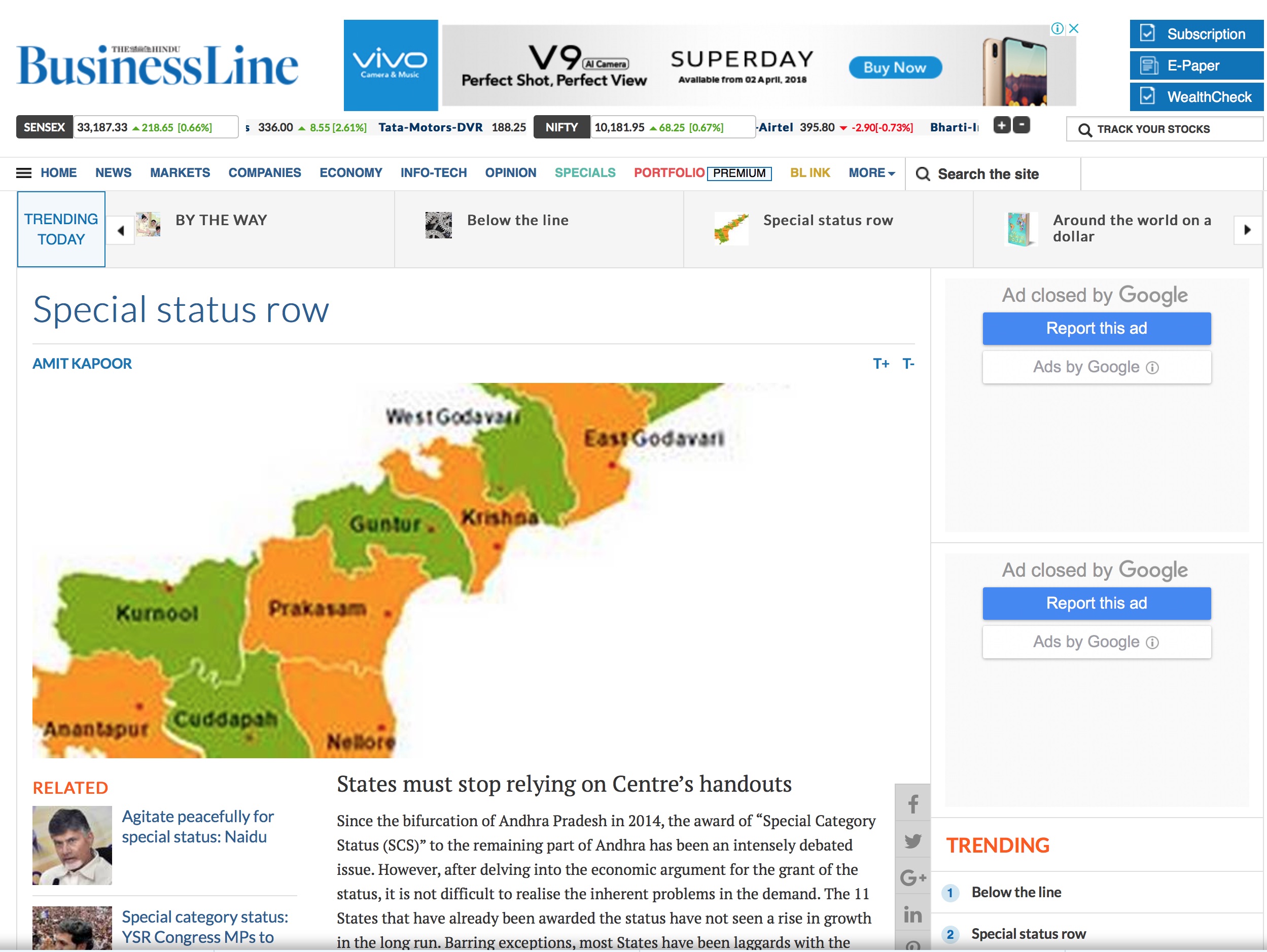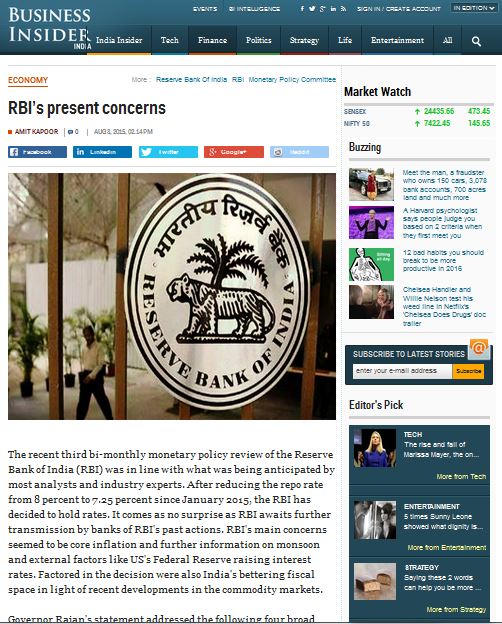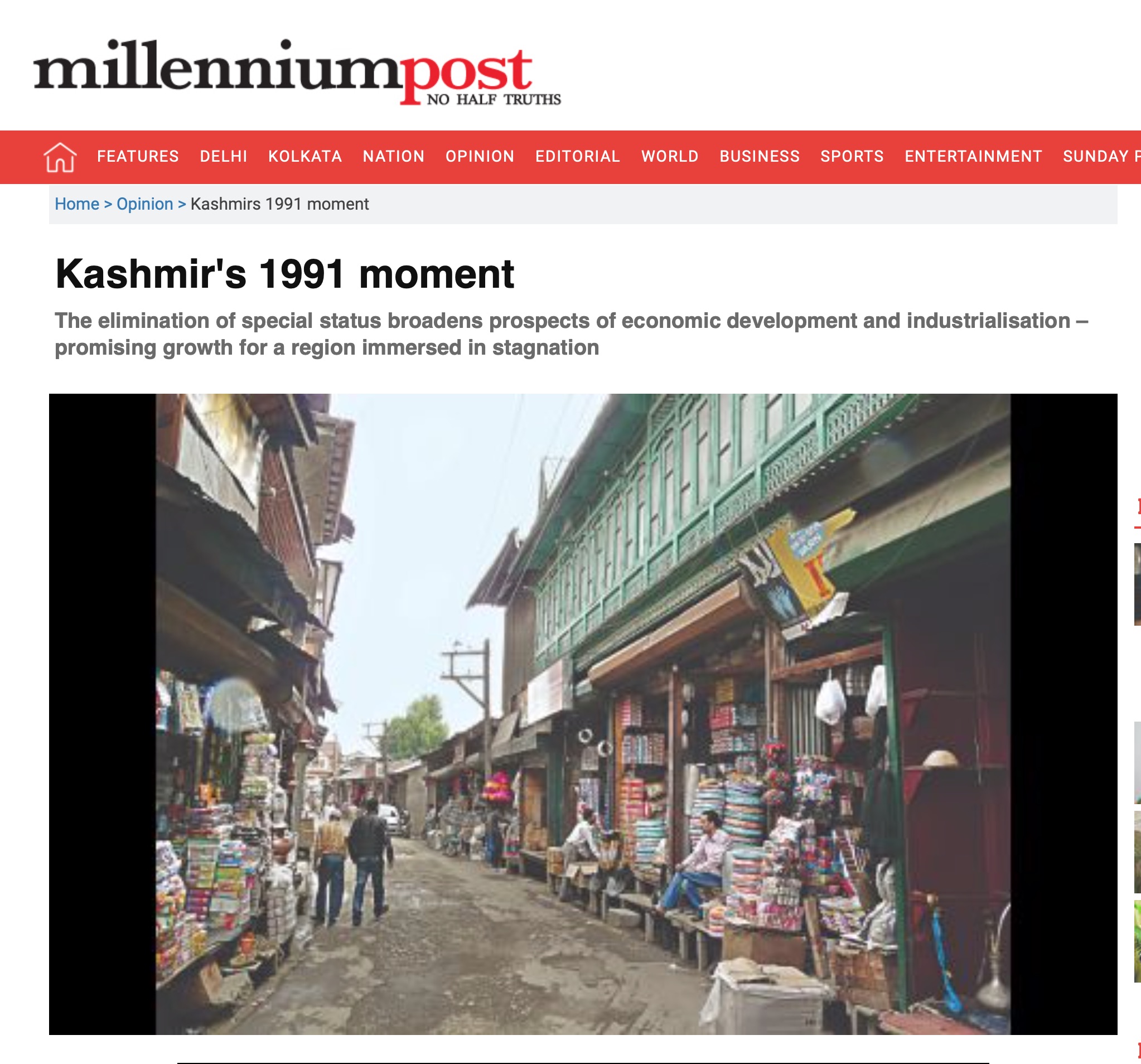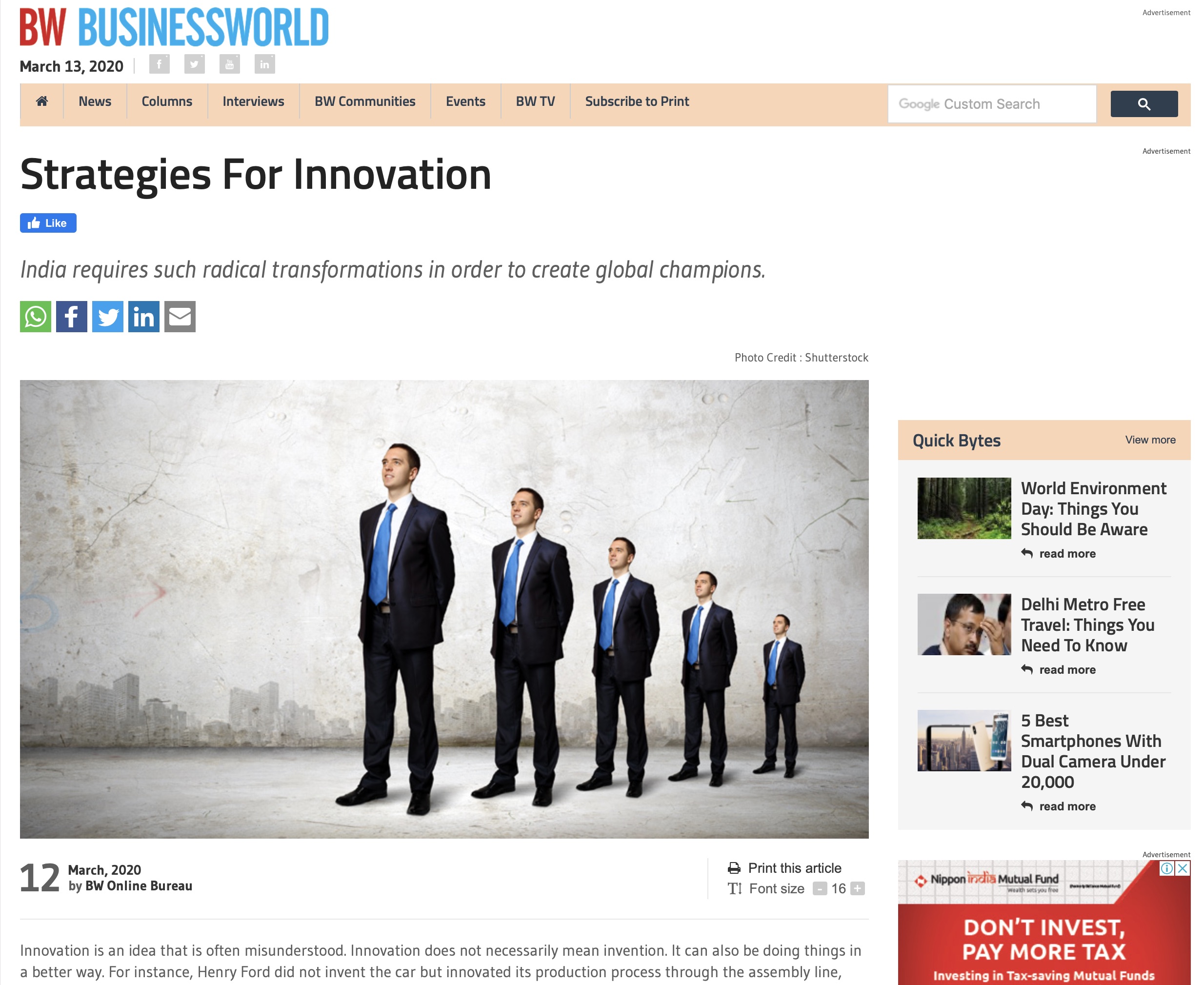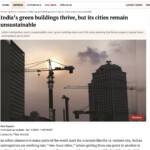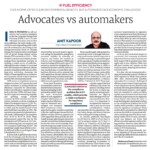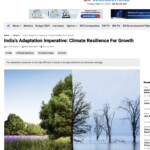By Amit Kapoor and Inputs by Meenakshi Ajith
Beneath the Surface: Tackling Urban Groundwater Contamination
Water is in constant motion—melting, evaporating, condensing, and circulating through the Earth’s systems, never static. As part of this natural cycle, water seeps into the soil, accumulating in underground reservoirs that supply vital groundwater resources. During the 20th century, advancements in water well drilling, pumping technology, energy access, and geological knowledge facilitated the rapid extraction of larger quantities of groundwater. Groundwater therefore became a critical pillar supporting human well-being and economic development, yet it remains widely misunderstood, undervalued, and poorly managed. Today, nearly 50% of the world’s urban population relies on this invisible yet indispensable resource. However, as cities expand, the quality of shallow aquifers is increasingly compromised by improper waste disposal, sewage leakage, and contamination from landfills. Industrial effluents and untreated household waste add further strain, threatening both the availability and safety of groundwater, a resource already vulnerable to overexploitation.
According to the Annual Groundwater Quality Report 2024 by the Central Ground Water Board, 20% of groundwater samples from across India exceeded the safe nitrate concentration limit of 45 mg/l, with some districts reporting contamination levels above 40%. States like Rajasthan, Maharashtra, and Tamil Nadu have been particularly affected, with nitrates leaching into the groundwater from excessive fertilizer use and poor waste management practices. This pollution poses serious health risks, including waterborne diseases and conditions in infants, highlighting the urgent need for comprehensive urban water management reforms. Beyond nitrates, the report also revealed alarming levels of other toxic substances; 9.04% of the samples tested contained fluoride concentrations surpassing permissible limits, while arsenic contamination was particularly severe in regions like West Bengal, Uttar Pradesh, and Assam. As groundwater quality continues to deteriorate, the risk to millions of urban residents is growing, imperilling access to even safe drinking water.
Population growth and urbanization have significantly contributed to the increase in wastewater and sewage contamination, with high levels of nitrates becoming a major concern for groundwater quality. As cities expand, the demand for water and sanitation services grows, but in many cases, sewage and wastewater treatment infrastructure has struggled to keep pace. Projections by the World Bank show that by 2036, approximately 600 million people, or 40 percent of India’s population, will live in its towns and cities, a significant increase from 31 percent in 2011. This urban growth is accompanied by a substantial economic shift, as urban areas are expected to contribute nearly 70 percent of the country’s GDP.
As urban development accelerates, the spread of impervious surfaces like concrete and asphalt reduces the natural recharge of groundwater, limiting the ability of aquifers to dilute contaminants. Combined with the pressures of climate change, which is altering rainfall patterns, these factors contribute to a cycle of groundwater pollution, making it harder to ensure safe and clean drinking water for the rapidly growing urban population. The growing urban population also intensifies the demand for water and wastewater infrastructure, often outpacing the development of adequate treatment systems. In 2021 itself, the Central Pollution Control Board (CPCB) noted that India generated 72,368 million Litres per Day (MLD) of sewage in urban areas, while the installed treatment capacity was 31,841 MLD, with an operational capacity of 26,869 MLD. This meant only 28% of the sewage was treated, leaving 72% untreated and disposed of into rivers, lakes, and groundwater.
To address the growing crisis in terms of both quantity and quality of groundwater, Indian cities should rethink its approach to urban water management, embracing cutting-edge solutions that combine technology, sustainable practices, and integrated planning. A circular economy for water is key in urban areas. While expanding centralized sewage treatment plants is essential, decentralized systems must also be a part of the solution. Modular, small-scale wastewater treatment units installed at the neighbourhood or building level can treat wastewater close to the source, alleviating the pressure on overburdened central facilities. Integrating resource recovery technologies, extracting valuable nutrients (nitrogen, phosphorus), biogas, and even water for non-potable reuse can not only addresses wastewater treatment but also create a circular economy within cities, where water and nutrients are continuously recycled.
Urban centres can also look for a seamless integration of technology for ground water management. Smart water networks, powered by IoT sensors and AI, offer a cutting-edge solution, enabling real-time monitoring of water quality and quantity. AI can be deployed to predict contamination levels, optimize distribution, and prevent system failures, significantly enhancing the efficiency of wastewater treatment and groundwater protection. As climate change shifts precipitation patterns, climate-resilient groundwater management becomes critical. This involves artificial aquifer recharge, rainwater harvesting, and water-efficient technologies to ensure long-term sustainability. Together, these strategies can create a robust, adaptable urban water system, capable of meeting the challenges posed by rapid urbanization and environmental stress.
India has already laid a foundation for water conservation and groundwater recharge through initiatives like the Jal Shakti Abhiyan (JSA), launched in 2019, which focuses on rainwater harvesting across both rural and urban districts. Additionally, the Atal Mission for Rejuvenation and Urban Transformation (AMRUT) 2.0 encourages rainwater harvesting and aquifer management in urban areas. The Ministry of Housing & Urban Affairs has also introduced guidelines, including the Unified Building Bye Laws (UBBL) and Model Building Bye Laws (MBBL), to promote water conservation and rainwater harvesting. Strengthening and scaling these initiatives with more localized, adaptive solutions will be key to addressing India’s growing water challenges. Regular monitoring and the integration of technological innovations will be essential in urban areas to enhance the effectiveness of water management initiatives, enabling smarter, more efficient use of resources and ensuring long-term water sustainability and quality in India’s rapidly expanding cities.
The article was published with Business Standard on January 16, 2025.
